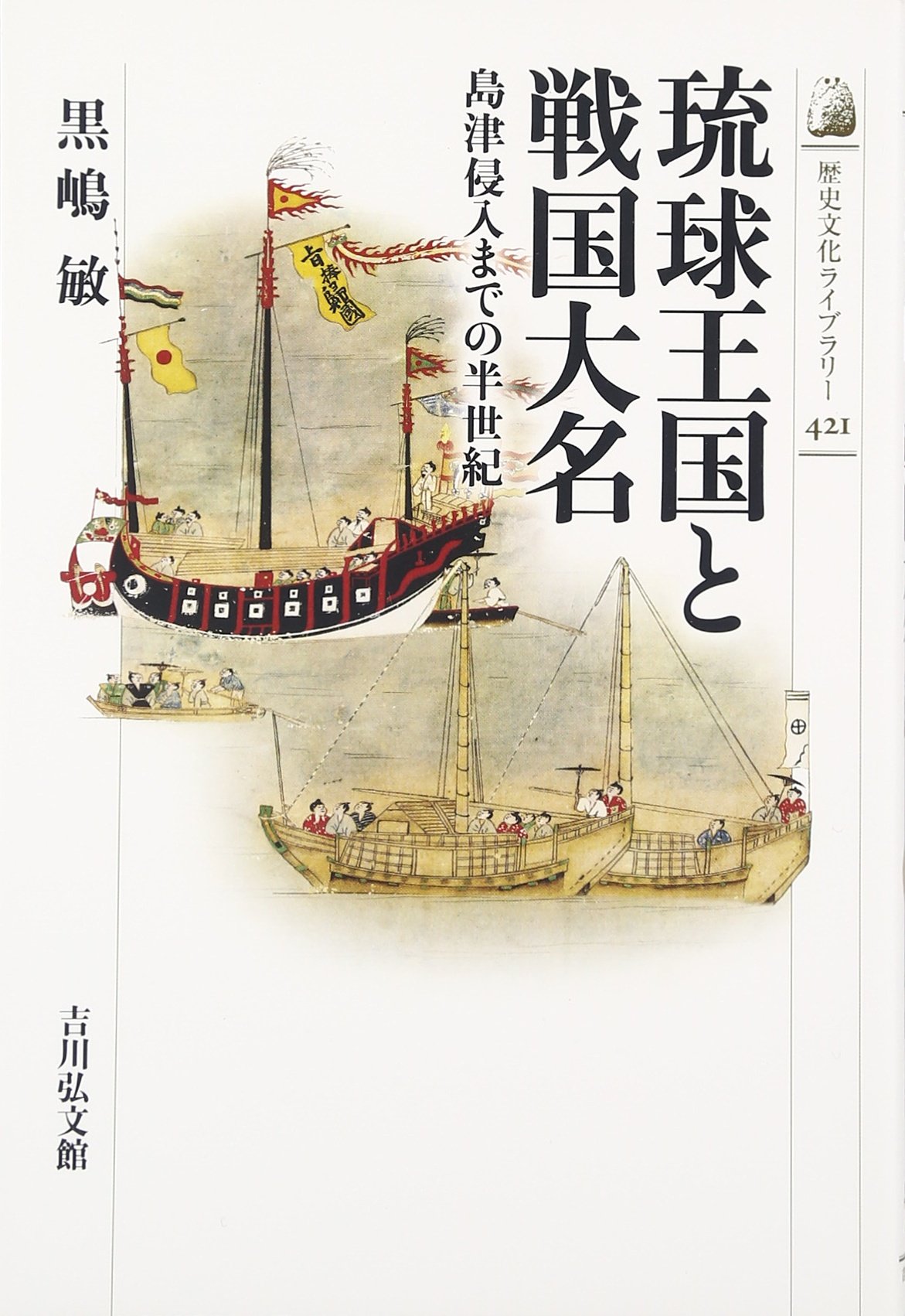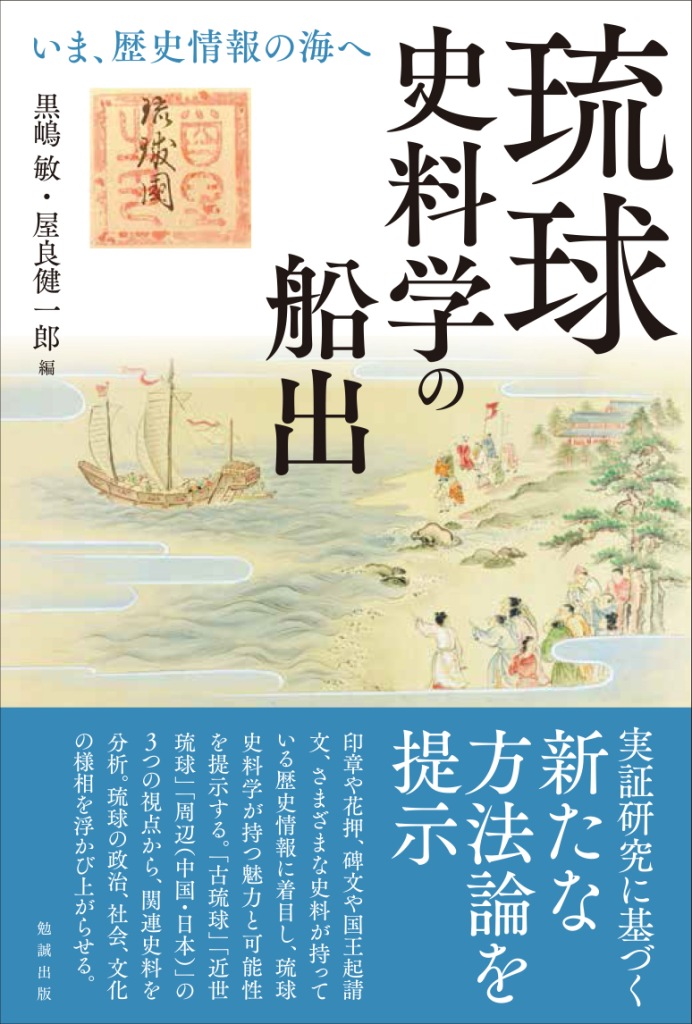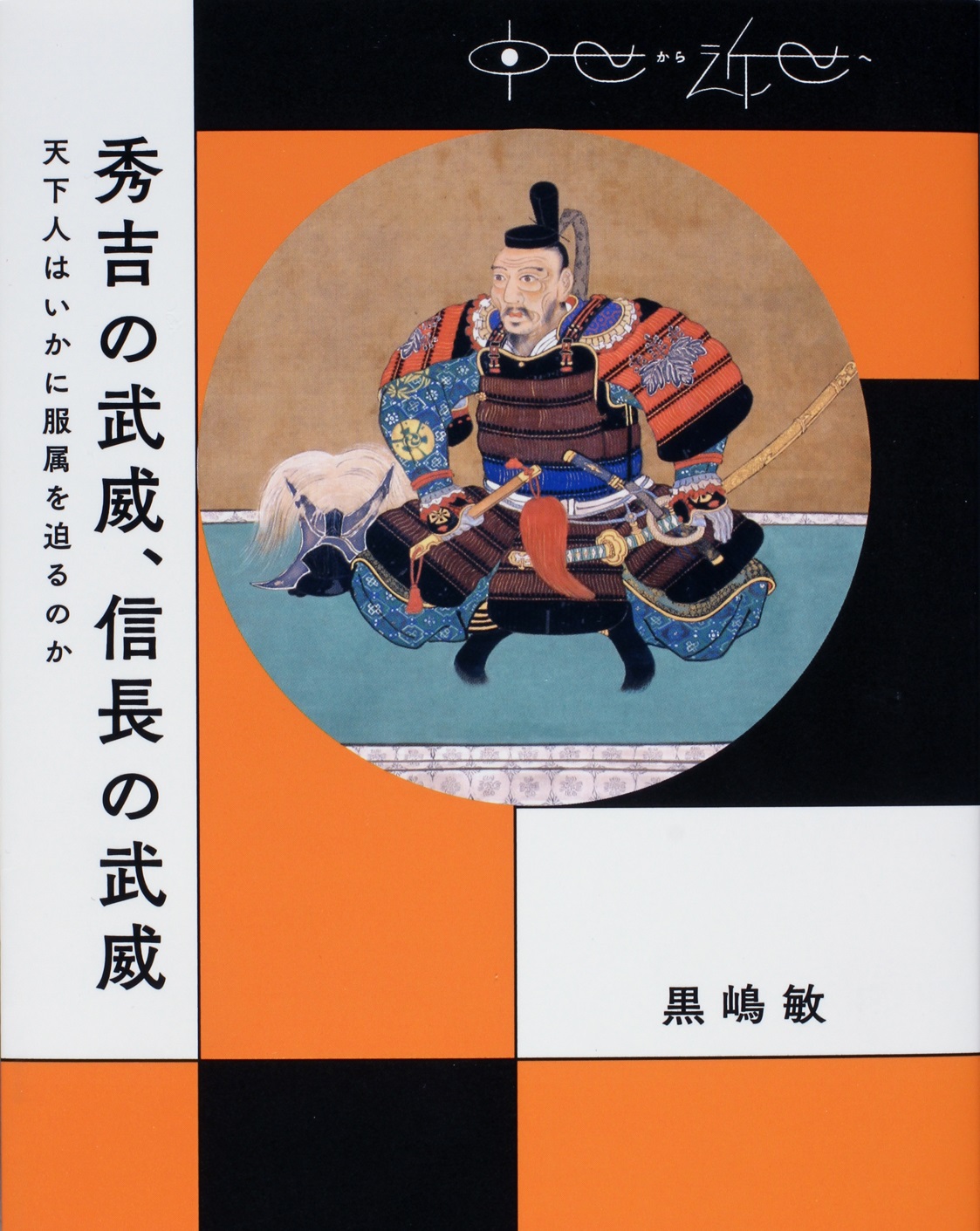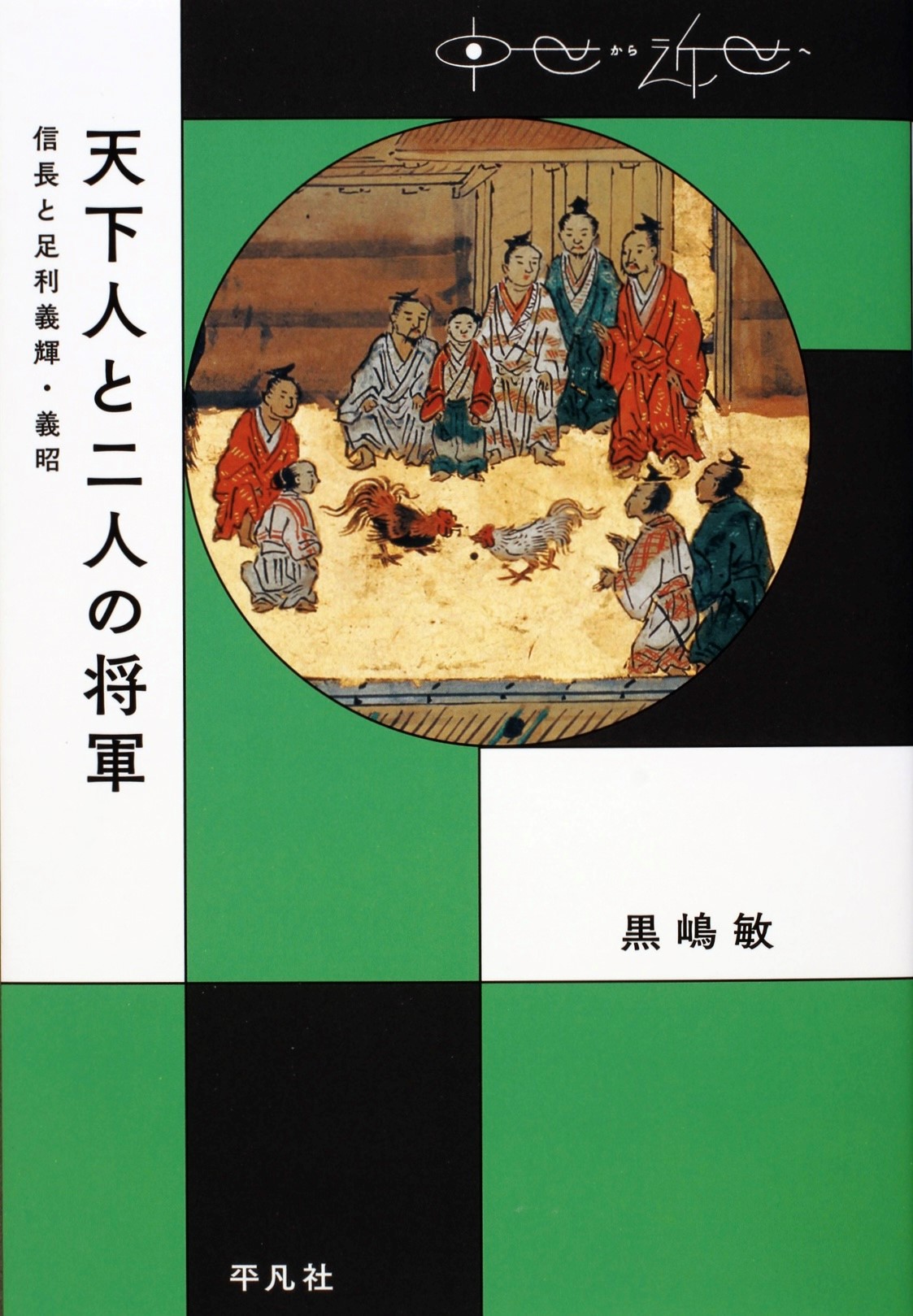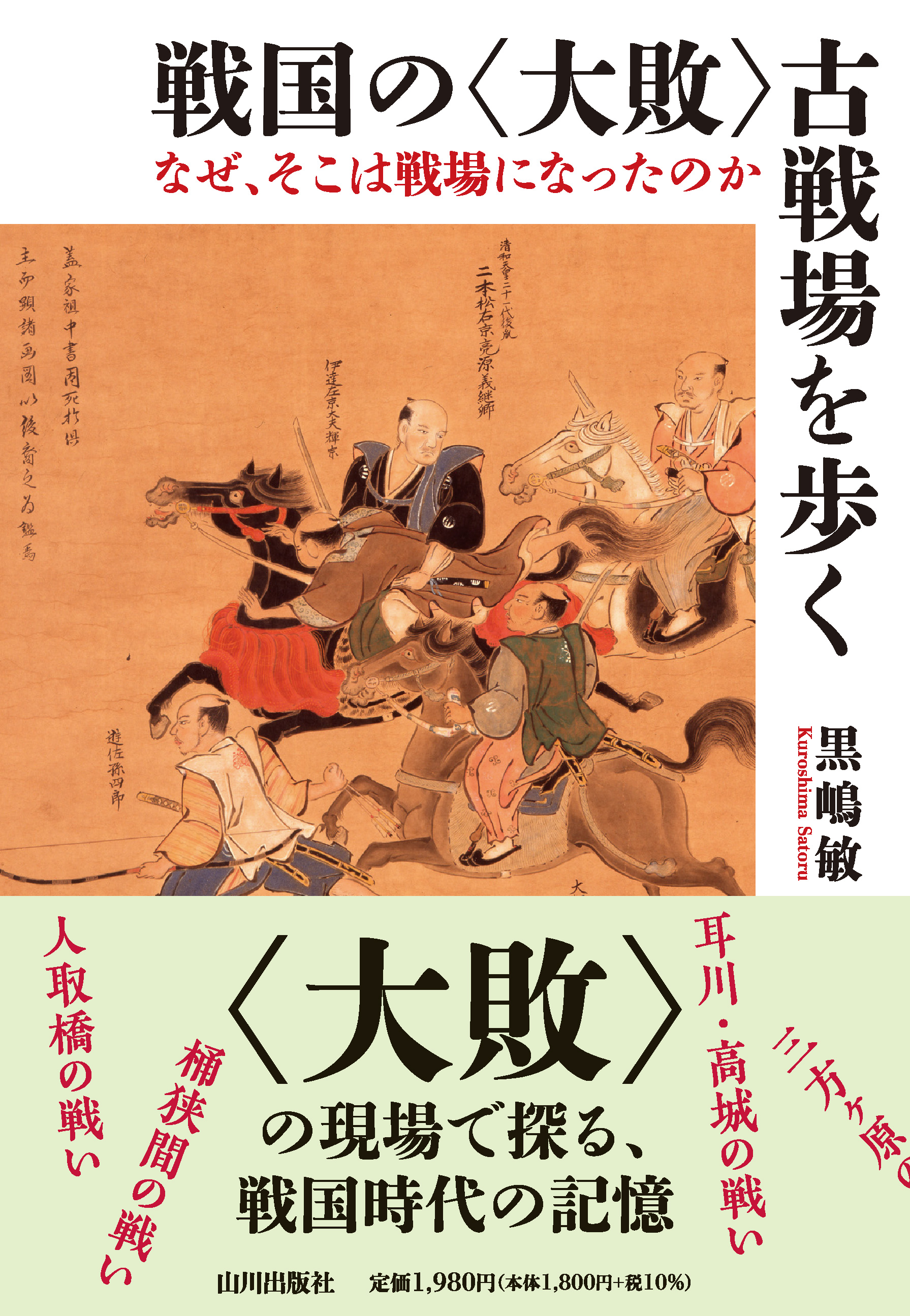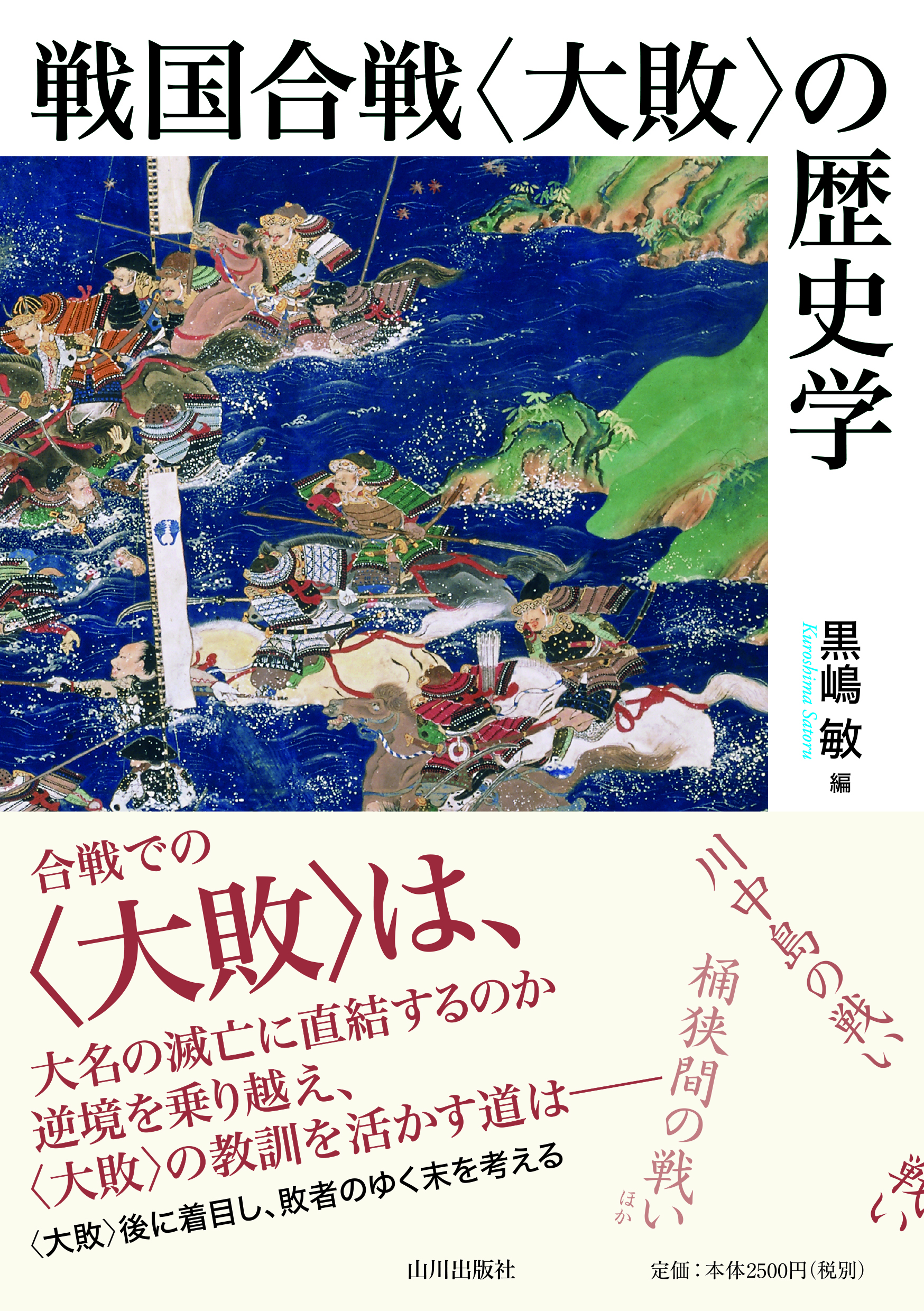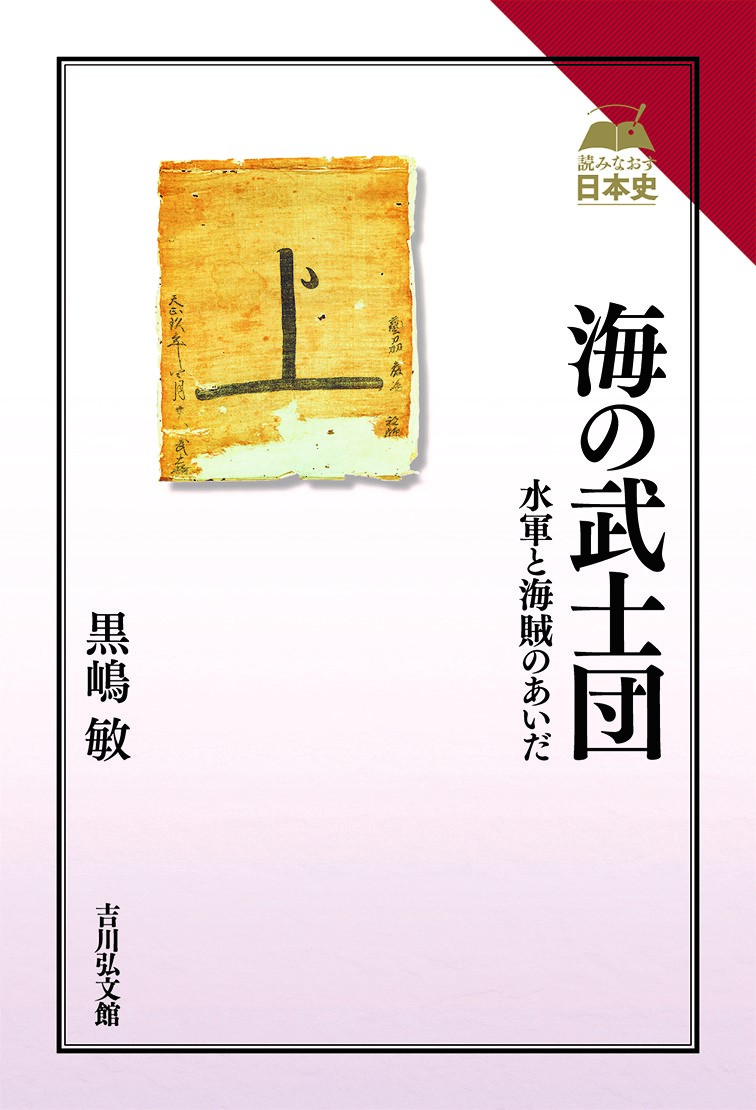
Title
Re-read Japanese History Umi no Bushi-dan (Sea Samurai - Between Sailors and Pirates)
Size
240 pages, 127x188mm
Language
Japanese
Released
November 18, 2021
ISBN
9784642071697
Published by
Yoshikawa Kobunkan
Book Info
See Book Availability at Library
Japanese Page
In Japan, which is an island nation, marine transportation has long occupied an important position in the logistics infrastructure. However, maritime transport has the advantage of being able to transport people and goods quickly and in large quantities, but there are also various limitations. Sailing ships must wait for a tailwind to bring the ship to their destination, and since the voyage is greatly affected by weather and sea conditions, it is necessary to know the geography of the route. One of the most restrictive periods in Japanese history was the Middle Ages.
In the medieval society of Japan, which is said to be the era of samurai, it was not the case that central governments such as the Kamakura Shogunate and the Muromachi Shogunate were able to control every corner of the country. Therefore, in maintaining the order of the region, unique social customs were adapted, and the logic of the side that accepted ships was given priority over ships arriving across the sea as well. For example, in the Middle Ages, a famous custom called “yori-bune,” meant that local residents could freely dispose of ships that had drifted ashore. “In Japan, not only can ships become lost in a port due to storms, but even when they reach land, their shipments are confiscated together with cargoes as being shipwrecked in a port.” A Christian missionary who came to Japan in the 16th century wrote this with a sigh.
The seemingly domineering logic can be confirmed in every corner of the Japan Middle Ages, and it was the people who were called “Umi no seiryoku” (power of the sea) in this book that made that the basis of their lives. They collected tolls from ships coming to their Nawabari and sometimes violently looted ships that did not follow their instructions. They are called “pirates” because of their behavior, but sometimes they cooperated in wars on the side of the regime as a maritime armed group, and later generations sometimes call them “Suigun (navy)” or “sea samurai.” However, in reality, it can be said that they were a group rooted in Nawabari that supported maritime transportation from the region.
This “power of the sea” disappeared as if switching places when the powerful central government of the Edo Shogunate appeared in Japan. Compared to the maritime traffic of the early modern period, when one restriction was eliminated and a sense of stability increased, the traffic of the time may seem rough, but it was indispensable in the medieval era. This book follows these trends. This book was published by Kodansha in 2013, and then added to the Yoshikawa Kobunkan’s “Re-Reading of Japanese History” series, which shines new light on good unique books, and published in 2021 with supplementary. We hope that you will be able to read and grasp from this book the noisy and energetic existence of “pirates,” “Suigun,” and “sea samurai.”
(Written by KUROSHIMA Satoru, Associate Professor, Historiographical Institute / 2022)
Related Info
OceanNewsletter: The Territorial Lives of Seafarers – Maritime Power in Japan’s Medieval Period (SPF – The Sasakawa Peace Foundation | OPRI – Ocean Policy Research Institute newsletter No.469 Feb 20, 2020)
https://www.spf.org/en/opri/newsletter/469_1.html



 Find a book
Find a book


 eBook
eBook